The women leading the charge from the bench
The number of women reaching the upper echelons of Victoria’s legal system is rising — slowly but surely. Meet some of the women leading the charge.
VIC News
Don't miss out on the headlines from VIC News. Followed categories will be added to My News.
In 1928, Queensland-born May Darlington Lahey became a judge after migrating to the US. She was the daughter of a sawmill operator who moved to Los Angeles to enrol in law school.
One of Lahey’s most famous cases involved Hollywood star Jean Harlow, who appeared before Lahey in the probate court to be made executor of her husband’s estate.
In 1965, Dame Roma Mitchell was appointed to the Supreme Court of South Australia — the first woman appointed a judge in Australia.
A DAY IN THE LIFE OF AN ACCUSED
LEGAL AID FUNDING BOOST FOR VICTORIANS
Fast-forward to Victoria in November 2003, when Marilyn Warren became the first woman in the country appointed as a Supreme Court chief justice. According to Victorian Legal Services Board statistics, women represent just over 50 per cent of the legal profession.
Women barristers make up 30 per cent of the Victorian Bar, and of 283 silks in Victoria, 33 are women.
Here, four members of the judiciary share experiences and stories of their careers so far.
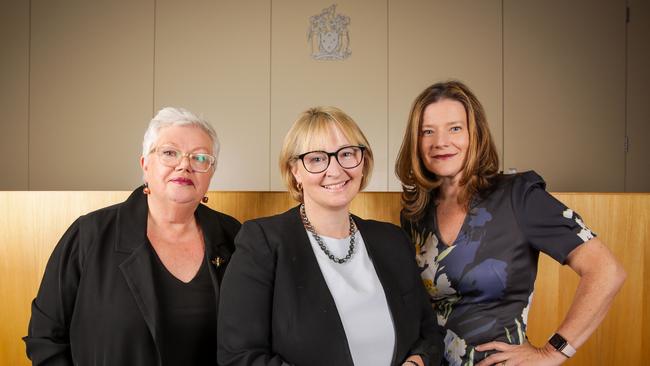
MAGISTRATE KAY MACPHERSON
Kay MacPherson, 61, is a regional co-ordinating magistrate at Broadmeadows Children’s Court. She was a criminal lawyer with Legal Aid before becoming a magistrate — initially in the adult court and in the Children’s Court for the past 10 years
I became interested in law halfway through secondary school and I remember my school telling me it was good to “aim high” — as if I had no chance of doing law.
My mother thought I’d be a secretary and, while I was at university, my grandfather paid for me to have typing lessons. When I graduated, I joined a local law firm before joining the public solicitor’s office, which became Legal Aid.
As a criminal lawyer, part of my work involved jail duty, where I wandered around Pentridge (Prison) meeting with inmates.
I remember one well-known criminal telling me my lipstick didn’t match my outfit. My mother almost had kittens when she found out I was in Pentridge.
I always wanted to become a magistrate and was appointed after my first child turned two. I had my second son four years later and I had three stepsons, so life was a juggle.
I had breast cancer when I was 39 and I think the stress of juggling contributed to that. People sometimes think we live in ivory towers, but we’re people with stresses, just like other families.

The work can be sad. I remember travelling to court in Mildura when one of my sons was young and a mother arrived with her five children who were being placed in foster care.
I felt so sorry for them and it must have shown on my face because one of the solicitors said, “It’s all right, your worship, these children are used to foster care.”
I think the Children’s Court is where you can make the most difference as a magistrate. At Broadmeadows, we have a family drug treatment court to help mothers and fathers get off drugs.
We also have a Koori family hearing day where we place a possum skin cloak on the bar table and I sit there with parents and family members and all parties are invited to contribute.
I thought I’d seen everything in court, but a few years ago I came across a woman living in a tent in a state forest with her children.
I rarely take work home. I belong to a book club and a film club and have six grandchildren who help me fill my time.
TRUE CRIME STORIES: TRUECRIME AUSTRALIA
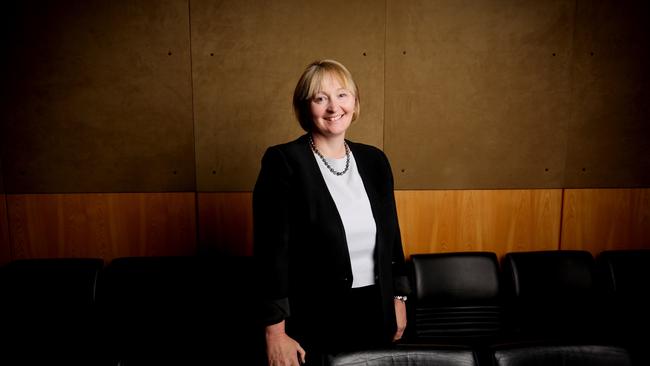
JUDGE AMANDA CHAMBERS
Amanda Chambers, 54, is president of the Children’s Court. As a teenager, Chambers trained to be a ballerina before a lengthy stint volunteering at a legal service saw her begin her journey to become a judge
From the age of four or five, ballet was my passion. At 15, I asked my parents if I could leave school to study ballet full-time.
Luckily, they let me follow my passion — although Mum insisted I also do typing so I’d have secretarial work to fall back on.
After a year at the National Theatre, I auditioned for the Australian Ballet School, but I didn’t get in. I had to dust myself off and return to Year 12.
I worked hard and studied arts/law at Monash University. I love reading, literature and history so thoroughly enjoyed my arts degree, but I found the law a bit dry.
But when I began volunteering at Springvale Legal Service, that’s when I got law. The centre provided advice to people from disadvantaged backgrounds and it taught me a lot about dealing with people and gave me a sense of how hard life can sometimes be.
After I finished my degree, I recall during one job interview a male partner said, “You’re a bright woman and you speak well. Do you wear any make-up?” I turned down that offer. I worked in industrial relations law, which was very male dominated. I also did a lot of work involving discrimination and sexual harassment because I felt it could make a difference.
Becoming a magistrate in 2006 was both a privilege and an enormous learning curve. My twins were in grade one at the time and it was a challenge juggling the new role with that of being a parent. But I had a lot of support from my husband, family and colleagues.
There have been many moments that stay with me. As supervising magistrate of the Victims of Crime Assistance Tribunal, I was involved in the hearings for the victims of the bushfires. The stories were harrowing, but it was important to provide an award that could help bring closure for some of those victims.
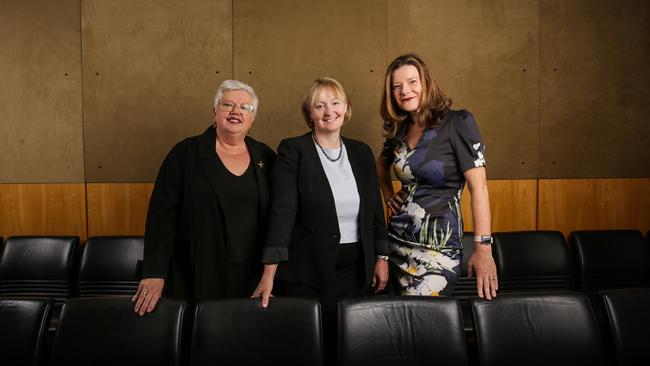
On a daily basis, the work of the Children’s Court requires us to make hard decisions in complex cases. It is difficult judicial work, but at the same time it can be the most rewarding jurisdiction to work in.
As judges, we too are part of the public and operate as part of the community. In the Children’s Court, we do not do our work alone, but receive tremendous assistance from other professionals working together with the court to achieve better results for children and families.
One good example is the family drug treatment court, where the magistrate works with a team of drug treatment clinicians to treat parents whose children are at risk unless they can address their drug addiction issues.
The Children’s Court also works with education specialists, youth workers, mental health and drug and alcohol workers to address the complex issues that can set young people on a collision course with the law. In working together, we can achieve real change.
The most rewarding aspect of my job is when a young person is able to turn their life around and go on to a lead productive life.
Mum passed away just before I was appointed president of the Children’s Court. Dad is now 90 and he’s a priority in my life. He’s a bright man who is currently working his way through the complete works of Shakespeare. Away from court, I spend time with my husband, kids and my dad. And in the time left over, you’ll find me reading, watching a movie and catching up on sleep.
SURVEY OF POLICE, EMERGENCY WORKERS’ MENTAL HEALTH
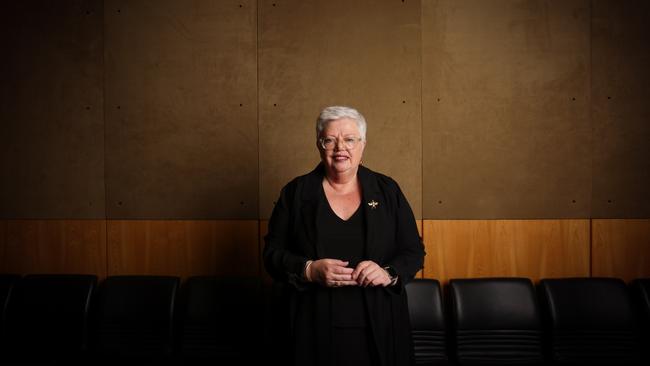
MAGISTRATE ANNE GOLDSBROUGH
Anne Goldsbrough, 64, initially thought she might be a marine biologist and then a psychologist. When she became a volunteer at Fitzroy Legal Service, she began a legal career that now sees her as regional co-ordinating magistrate and lead family violence magistrate at the Specialist Family Violence Court at Moorabbin Justice Centre
MY father was a mayor of Nunawading, so I grew up in a family that was very community minded. My mother was involved in Girl Guides and Brownies. Dad was also a JP and I remember him issuing search warrants for girls at Windana girls’ home.
It was a shock to me to learn that some girls didn’t have a family to live with and there was a dawning early on that social disadvantage changed the way people could live their lives.
I went to La Trobe University, planning to be a psychologist and a teacher, but about two-thirds of the way through my degree, I parked it, travelled and then joined a publishing company.
A colleague told me about Fitzroy Legal Service and I became a volunteer, taking preliminary information from people who dropped in for legal advice and passing that to a volunteer lawyer. I was a member of the initial committee that developed the Fitzroy Legal Service Book — still an important publication.
During this time, I returned to study and began the articled clerks course at RMIT, also working as an articled clerk in a law firm. I then went to the University of Melbourne to complete my law degree. I washed cars and waited on tables to pay my way.
The issue of equality was important to me and so was social justice and concern for the impacts of family violence, so I moved towards family law practice. I was a family lawyer for a long time before moving to the Family Court in 1991 and then Magistrates Court in 1996.
I felt I could see ways of improving things at court procedurally to lessen the impact and improve outcomes for families and children. I was part of the development of a specialist response — the Family Violence Court Division of the court.
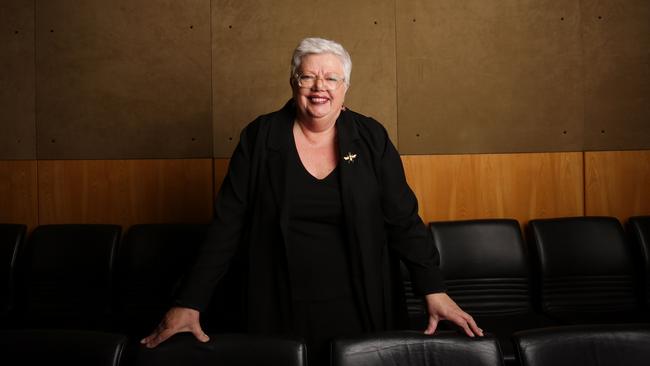
In recent years, I worked with the Australian Human Rights Commission and went to China a few times to assist in developing their specialist family violence courts.
I was interested in becoming a magistrate and in 1995 I went to the interview when my youngest son was only three weeks old. About nine months later, I was appointed.
I was quite wide-eyed in the beginning as I dealt with complex committals involving guns, drugs and threats to witnesses through to child protection matters and shocking street violence. It’s always important to try to identify what has contributed to offending and consider that in sentence.
At Moorabbin, we’ve just introduced the Assessment and Referral Court (ARC), a criminal sentencing court for people with mental health and cognitive disabilities. We can call on our court clinicians and a raft of support services and specialists to identify what can settle lives to assist a person not to reoffend. We’ve had some wonderful successes.
It’s very satisfying when people accept their diagnosis, start taking medication they need and regain hope and interest in life.
Away from court, I have three children, aged 23-31, some scruffy dogs and some great mates. I travel and have a place on the coast that I don’t get to enough. I also love music, listen to a lot of jazz and look forward to going to the Bluesfest every year.

JUDGE ANDREA TSALAMANDRIS
Andrea Tsalamandris, 49, became a judge in the County Court in 2016 after more than 20 years as a solicitor in personal injury law. She was the youngest of six children, raised by a single mother who was her inspiration
When I was 12 years old, my family was involved in a claim in the Country Court. My sister, Angela, had severe cerebral palsy and there was a dispute as to whether she had the mental capacity to seek access to her own medical records.
I was mesmerised by the theatre of the courtroom and decided then that I wanted to be a lawyer.
Despite studying very hard in Year 12, my marks were not high enough to get into law. I cried for two days.
Instead, I did an arts degree, and after two years, I finally got the marks to transfer into law. This experience really taught me that with determination and perseverance, there is always another way to achieve your goals.
My father moved out of home when I was in kindergarten, which meant my mother had to do and be everything to each of her six children.
She was also a mayor three times, set up an op shop and was on a multitude of local committees. Nothing stopped her. She encouraged us all to believe we could do anything.
Mum passed away 11 years ago, so she saw my legal career progress but never saw me appointed.
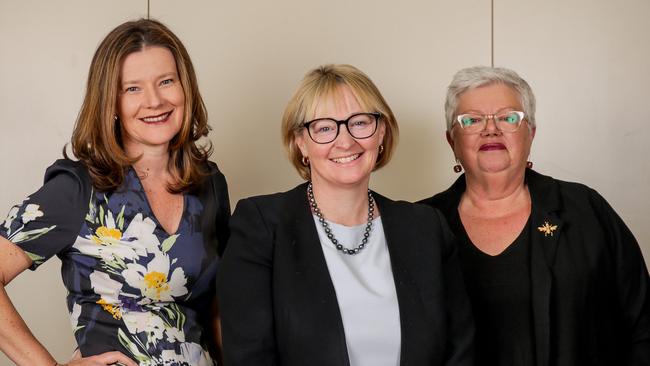
After graduating, I joined Holding Redlich and specialised in medical negligence. I eventually became a partner — the day before I gave birth to my first son.
I love personal injury law because every case is different and it often involves a split-second moment that changes someone’s life forever.
Some legal claims took years to resolve, so I built relationships with many clients. I have a crochet blanket that a former client, Meryl, knitted for me and I use it in chambers if it’s cold.
One of the most important cases I worked on was the Stolen Generations litigation. Over six years, we represented 700 members of the Stolen Generation from the Northern Territory. I had my 10-day-old son with me in the High Court on the day the claim was finally dismissed. That was devastating but when (former prime minister) Kevin Rudd said sorry, in my mind, we had finally won.
I have two teenage sons and I lost a baby at birth. Losing a child was the saddest and most difficult experience of my life and is something I will never get over.
I became a judge three years later. It was something I had always dreamt of.
As a judge, you have the best seat in the house. You watch everything unfold and, at the end of the case, you make the decision based on your years of experience in the law.
My kids think what I do is cool — but they can’t get away with much at home. They know I do a good cross-examination.
I’m at my happiest when I’m at our beach box with my family and friends. Champagne at the beach box — it doesn’t get much better than that …
RELATED CONTENT: MORE LIFESTYLE STORIES


